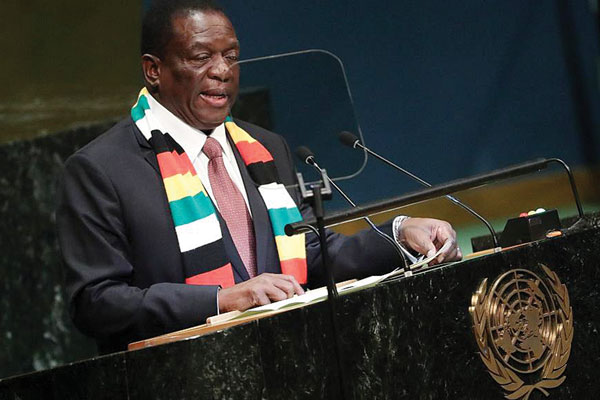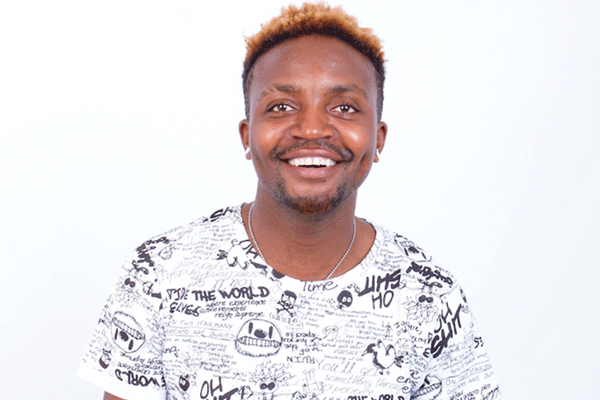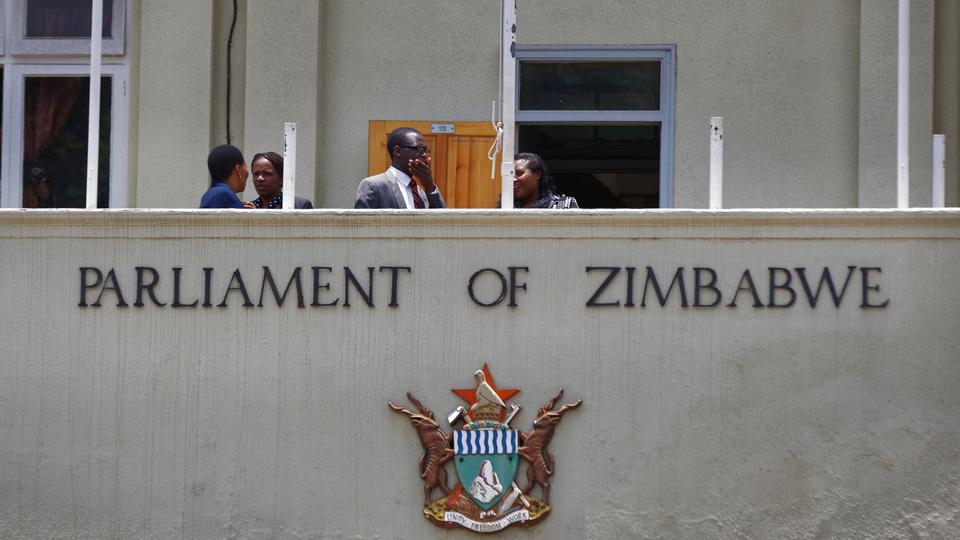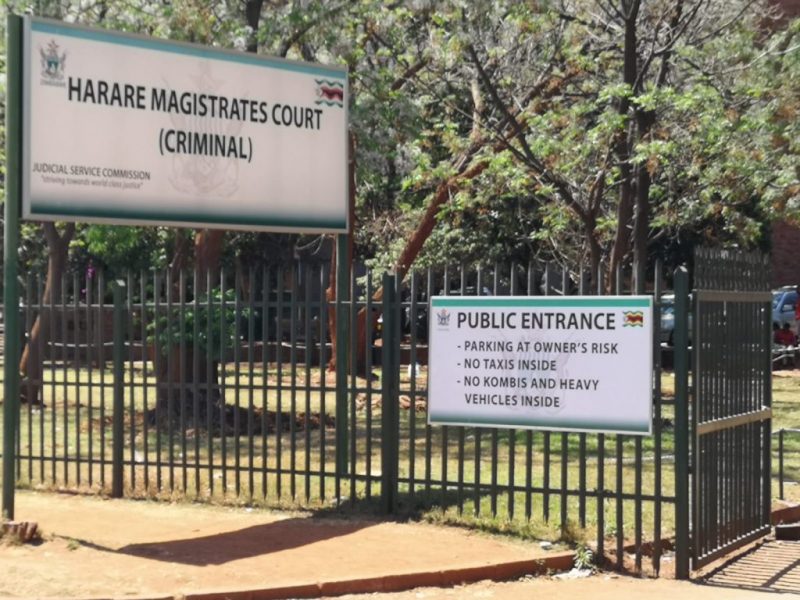
ZIMBABWE’S inflation rose to 42,09% year-on-year in December, its highest for a decade, from 31,01% in November driven by increases in the price of basic goods, the Zimbabwe National Statistics Agency (Zimstat) said on Thursday, underlining the challenge faced by President Emmerson Mnangagwa’s administration to revive the economy.
BY ALFONCE MBIZWO
On a monthly basis, prices rose by 9,01%, compared to a rise of 9,20% in November last year, as fears of hyperinflation continue to grow.
Mnangagwa promised to revive the economy in the run-up to elections in July last year following years of decline under his predecessor, Robert Mugabe who was removed in a coup in November 2017, but this week’s protests underlined the growing public frustration with his failure to tackle daily problems, chief among them a crippling shortage of cash.
Zimbabwe abandoned its Zimdollar in 2009 when inflation peaked at 500 billion percent according to the International Monetary Fund and adopted mainly the US dollar, but that has been in short supply since 2016, throttling the southern African country’s ability to pay for imports.
The US dollar shortage has led to a collapse of the surrogate bond note and electronic currency on the black market, triggering sharp hikes in the prices of many goods and services, but wages have remained stagnant as government continues to insist that the US dollar trade at par with local money. On Zimbabwe’s active black market, it is valued at 3,5 to the greenback, which analysts say is more realistic.
On Monday, Zimbabwe erupted in protests after Mnangagwa announced fuel price hikes of over 150%. Government taxes make up nearly 70% of the new prices of $3,31 per litre for petrol and $3,11 per litre for diesel.
Police said three people, including a police officer were killed in the three-day protests although reports indicated that as many as nine could have died, while 68 were treated for gunshot wounds, according to the Zimbabwe Association of Doctors for Human Rights. Over 600 people were arrested, according to State Security minister Owen Ncube.
- Chamisa under fire over US$120K donation
- Mavhunga puts DeMbare into Chibuku quarterfinals
- Pension funds bet on Cabora Bassa oilfields
- Councils defy govt fire tender directive
Keep Reading
The protests took place five months after the army killed six people during post-election demonstrations in August last year, undermining Mnangagwa’s drive to attract new investment.
Mnangagwa is currently on a four-nation tour of Asia and Europe — Russia, Belarus, Kazakhstan and Azerbaijan — in the lead up to the World Economic Forum in Davos, Switzerland, next week.
While the President is desperate for financial aid to resolve the deepening foreign currency crisis in Zimbabwe, analysts say his trip to the WEF has been undermined by the political crisis back home, the images of armed security agents patrolling the streets and an internet blockade.
Zimbabwe lifted the two-day blockade of the internet on Wednesday evening but mobile operator, Econet and State-owned TelOne said they had been ordered by government to keep media platforms like WhatsApp, Facebook and Twitter blocked, leading to accusations that it wanted to prevent images of its brutal crackdown on protesters from being broadcast around the world.











